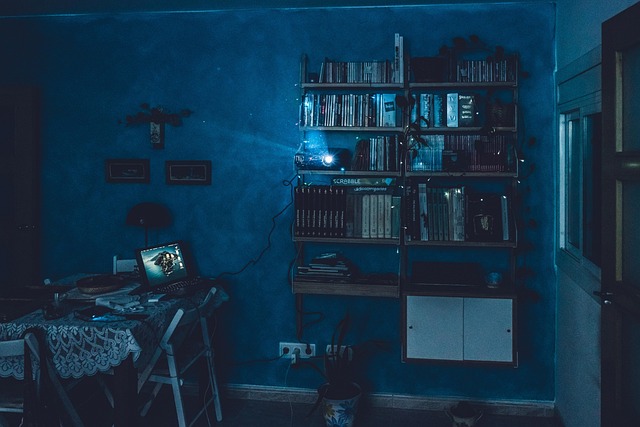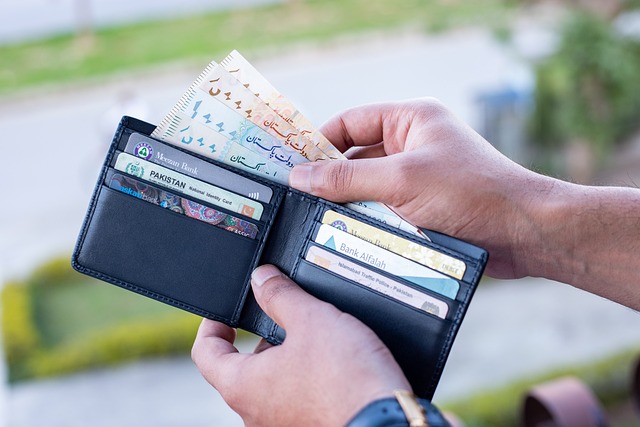Understanding Video Copyright: A Complete Guide for Content Creators
In the fast-paced world of video creation, ensuring that your work respects video copyright laws is essential. Whether you’re a budding YouTuber, a professional filmmaker, or someone who simply loves sharing videos online, understanding the nuances of copyright protects your creations and helps you avoid legal pitfalls.
Why Video Copyright Matters for Content Creators
Copyright exists to give creators control over how their work is used, shared, and monetized. For video content creators, this means your footage, music, scripts, and edits can be protected under copyright law. At the same time, it means you have to be careful not to infringe on someone else’s rights by using their copyrighted material without permission.
What Is Protected Under Video Copyright?
Almost all elements of a video can be subject to copyright. This includes:
- Original footage or recorded visuals
- Music and soundtracks
- Script and dialogue
- Animations and graphics
- Editing and post-production effects
Even short clips or segments can be protected, so it’s always prudent to make sure you have the rights or licenses to use any part of your video.
Common Video Copyright Challenges
Many content creators face these difficulties:
- Using copyrighted music: Background tracks without proper licenses may trigger takedowns or demonetization on platforms like YouTube.
- Incorporating third-party footage: Using clips or images without approval can lead to copyright strikes.
- Fair Use misunderstandings: It’s important to grasp when and how fair use applies to avoid infringement.
Tips for Navigating Video Copyright Safely
Here are some practical steps to protect yourself:
- Create original content: The best way to avoid copyright issues is to produce your own footage, music, and graphics.
- Use royalty-free resources: There are plenty of websites that offer video clips, music, and sound effects free or for purchase under clear licenses.
- Obtain licenses and permissions: When using third-party content, get explicit rights or permission to incorporate it.
- Understand fair use: Educate yourself on what constitutes fair use in your jurisdiction to utilize content responsibly.
- Keep documentation: Maintain records of permissions and licenses as proof in case disputes arise.
How Platforms Handle Video Copyright
Video-sharing platforms have automated systems to detect copyright violations, such as Content ID on YouTube. When your video gets flagged, it might be blocked, monetized by the copyright holder, or taken down. Being proactive about copyright compliance saves your channel from these setbacks.
Empowering Creativity Through Copyright Knowledge
Understanding video copyright isn’t just about avoiding trouble—it empowers you to confidently share your vision while respecting the creative community. By mastering copyright basics, you turn challenges into opportunities, fostering innovation and collaboration in the vibrant video world.




